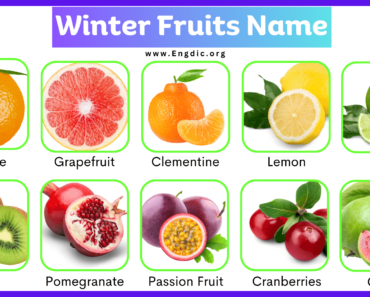Fruits are an essential part of a balanced diet and can provide us with a wide range of nutrients. Did you know that there are some fruits that start with the letter ‘W’? Here, we will explore all the various kinds of fruits beginning with this letter and their properties as well as pictures to help you identify them better. From watermelons to wild berries, we have compiled a list of 40 different types of W-fruits, along with their properties and photographs so you can get to know them better. Let’s take a look!
List of Fruits That Start With W
- Wild Black Cherry
- Williams Pear
- Weeping Pear Fruit
- Wild Lime Fruit
- Wild Cucumber Fruit
- Wild Mangosteen Fruit
- West Indian Cherry Fruit
- Wine Palm
- Wild Peach Fruit
- Winter Squash
- Wolfberry Fruit
- Walnut Fruit
- Wood Apple Fruit
- Wax Apple Fruit
- Wild Banana Fruit
- Wild Strawberry
- Watery Rose Apple
- Wild Jack Fruit
- Wild Water Lemon
- Wild Orange Fruit
- Wahoo Fruit
- White Aspen Berry
- Wampi/Wampee Fruit
- Winter Cherry
- Wax Gourd
- White Currants
- Watermelon Fruit
- White Bark Raspberry
- Wongi Fruit
- Wild Arum Fruit
- Wax Jambu
- Wild Olive Fruit
- Water Apple Fruit
- Water Chestnuts
- White Fig Fruit
- Wild Lowbush Blueberry
- White Sapote Fruit
- White Mulberry Fruit
- Wild Sugar Apple
- Wineberry Fruit
Tropical Fruits That Start With W
- Watermelon
- White mulberry
- Wampee fruit
Exotic Fruits That Start With W
- White Jamun
- Wood Apple
Fruits Names With W and Pictures
| Wild Peach Fruit |  |
| Wineberry Fruit | 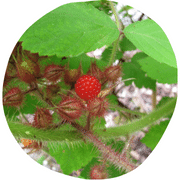 |
| Wild Lowbush Blueberry |  |
| Wax Gourd | 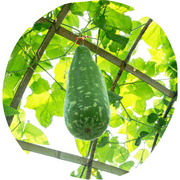 |
| Walnut Fruit |  |
| Wood Apple Fruit |  |
| West Indian Cherry Fruit | 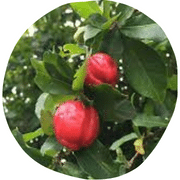 |
| Wild Jack Fruit | 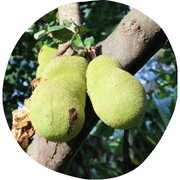 |
| Wax Apple Fruit |  |
| White Mulberry Fruit | 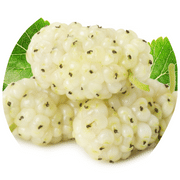 |
| Wild Strawberry |  |
| Wild Mangosteen Fruit | 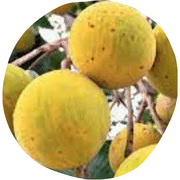 |
| Wild Arum Fruit |  |
| Wild Cucumber Fruit | 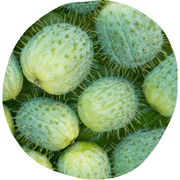 |
| Winter Squash | 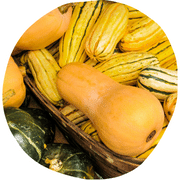 |
| Water Chestnuts |  |
| Wild Sugar Apple | 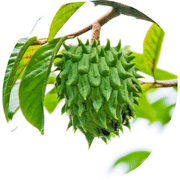 |
| White Bark Raspberry |  |
| Wild Orange Fruit | 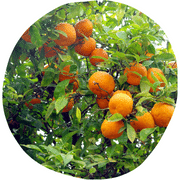 |
| White Aspen Berry | 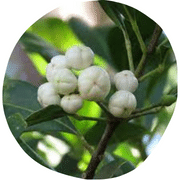 |
| Wild Black Cherry | 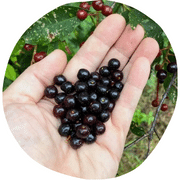 |
| Wine Palm | 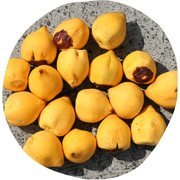 |
| Watery Rose Apple |  |
| Wampi/Wampee Fruit | 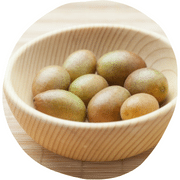 |
| Williams Pear | 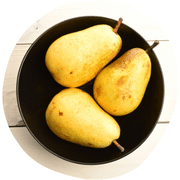 |
| Winter Cherry | 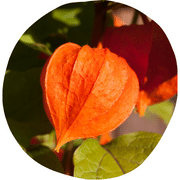 |
| Watermelon Fruit |  |
| Wongi Fruit |  |
| White Fig Fruit | 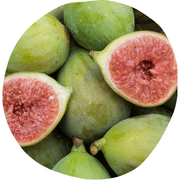 |
| White Currants | 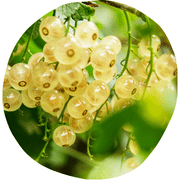 |
| Wax Jambu |  |
| Wild Water Lemon |  |
| Wild Lime Fruit |  |
| Wolfberry Fruit | 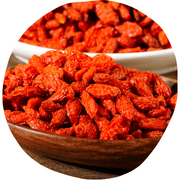 |
| Wahoo Fruit | 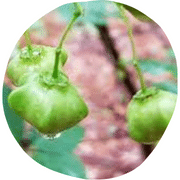 |
| Wild Banana Fruit | 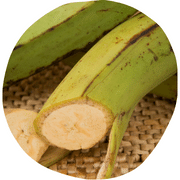 |
| Water Apple Fruit |  |
| White Sapote Fruit | 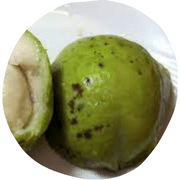 |
| Weeping Pear Fruit | 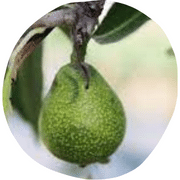 |
| Wild Olive Fruit | 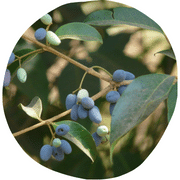 |
Fruits Starting With W and Properties
Wild Black Cherry
Wild black cherry is a delicious and nutritious fruit with a sweet-tart flavor. It can be eaten fresh or cooked for jams, jellies, pies, and more. The tree itself is a small, deciduous species with compound leaves and dark red cherries growing in clusters.
The wood of the wild black cherry tree is highly valued for its use in furniture and instruments such as violins.
Williams Pear
Williams pears are a sweet and juicy variety of pear that originated in Germany but can be found all over the world now. It has a yellow to greenish skin and firm flesh that make them ideal for baking or poaching in wine or syrup. With their sweet flavor and delicate texture, they’re perfect for desserts or salads when served fresh.
Weeping Pear Fruit (Pyrus Salicifolia)
Weeping pear fruit (Pyrus salicifolia) is an ornamental fruit that grows on small trees often found near streams or riversides. This unique-looking fruit has a flattened shape with uneven bumps along its surface and long stems that hang down from its branches like weeping willows.
Its white flowers open up into yellow-green fruits that have white flesh inside when ripe, although they are not typically used for eating due to their very sour taste.
Wild Lime Fruit
Wild lime fruit is an edible citrus fruit found growing around tropical regions such as South America, Asia, Africa, and Mexico. It has an acidic taste similar to lemons but more bitter than limes which makes it excellent for adding tartness to spicy dishes or making drinks such as margaritas or daiquiris.
The pulp of the fruit contains vitamin C so it can also be used medicinally to help boost immunity levels.
Wild Cucumber Fruit (Marah Macrocarpus)
Wild cucumber fruit (Marah macrocarpus) is a vining plant native to California’s coastal mountains that produce edible green fruits resembling cucumbers when ripe. They have smooth skins much like regular cucumbers but have an orange tint once they turn ripe which gives them an eye-catching appeal while still providing the refreshing crunchiness one expects from this popular vegetable.
Wild cucumber fruits are known to be high in nutritional value while having low-calorie content making them the perfect addition to any diet plan looking to lose weight without sacrificing flavor or nutrition intake!
West Indian Cherry Fruit
The West Indian cherry fruit is a small, seedy red berry with a sweet-sour taste. It can be eaten raw or made into jams, jellies, and preserves. The flesh of the fruit is rich in vitamins A and C, minerals, and pectin, making it popular for cooking and medicinal uses.
Wine Palm (Jelly Palm)
Wine palms are palm trees that produce large clusters of edible fruits known as jelly palms or wine palmetto. The fruits have a soft texture with a sweet-tart flavor. They are used to make jellies, wines, cakes, and smoothies.
Wild Peach Fruit
Wild peach fruits are small yellow drupes native to southern China. They have a tart flavor similar to apricots or tart cherries and are often used in Chinese cuisine for their tangy flavor. They can be eaten fresh or cooked into desserts such as tarts, pies, or ice cream.
Winter Squash
Winter squash is an annual plant grown for its edible fruits which contain several edible seeds inside them. Winter squash is rich in antioxidants such as beta-carotene and vitamins A, C, and E which help protect against oxidative damage caused by free radicals.
It’s also an excellent source of dietary fiber which helps maintain digestive health.
Wolfberry Fruit (Goji Berries)
Wolfberry fruits are bright red berries native to eastern Asia that have become increasingly popular due to their high levels of antioxidants and other essential nutrients like vitamins A and C, calcium, iron, and protein. Wolfberries can be eaten raw or cooked into various dishes like soups or teas for added nutritional benefits.
Walnut Fruit
Walnut fruits are hard-shelled nuts containing two seeds each with a crunchy texture when ripe. They have a buttery flavor with notes of sweetness that makes them great for snacking on raw or adding to recipes like cookies and cake batters for added flavor and nutrition benefits such as healthy fats omega-3 fatty acids and vitamin E.
Wood Apple Fruit (Limonia Acidissima)
Wood apple is a unique type of fruit native to the regions of India and Sri Lanka. It has a hard, woody shell that is not edible and must be cracked open to get to the sweet, refreshing pulp inside. The pulp is often mixed with spices such as cumin and pepper for added flavor.
Its high levels of Vitamin C make it an excellent choice for boosting immunity and fighting off colds and other illnesses.
Wax Apple Fruit (Syzygium Samarangense)
The wax apple, also known as jambu or rose apple, is a tropical fruit found primarily in Southeast Asia but also in some parts of South America. It has thin, edible skin with a slight waxiness that gives it its name. Inside the fruit is sweet white flesh which can be eaten raw or used in recipes like jams and jellies.
It contains large amounts of dietary fiber which makes it an excellent choice for keeping your gut healthy!
Wild Banana Fruit
Wild bananas are different from conventional bananas that you might find in stores today. They are smaller, sweeter, and have a unique flavor all their own. They grow wild in areas such as Indonesia, India, and Africa, where they can reach up to 4 feet long! Their small size means they’re perfect for snacking on the go or adding to salads for an extra crunchy texture.
Wild Strawberry
Wild strawberries are a delicious treat that can be found growing wild in many places around the world including North America, Europe, Asia, and Australia. These small fruits have a distinctive aromatic flavor with hints of pineapple and banana when ripe. Best of all, they contain high amounts of Vitamin C making them an excellent choice for boosting your immune system!
Watery Rose Apple (Syzygium Aqueum)
The watery rose apple is a tropical fruit native to Southeast Asia that shares similar characteristics with other fruits such as apples, pears, and plums but has distinctively watery flesh which gives it its name.
It has an intense aroma and sweetness with notes of honey when ripe making it ideal for adding sweetness to desserts or blending into drinks like smoothies or juices!
Wild Jack Fruit (Artocarpus Hirsutus)
Wild jackfruit is an exotic tropical fruit native to South East Asian countries like Thailand and Malaysia. This large spiky-skinned fruit can weigh up to 35 kg when fully ripe!
Its sweet yellow flesh can be scooped out to eat raw or used in savory dishes like curries or vegan burgers due to its meat-like texture when cooked properly!
Wild Water Lemon
The wild water lemon is a citrus fruit that grows in marshy and dry habitats throughout the world. It has a rounded shape, with thin skin and juicy flesh, and is usually green or yellow in color when ripe. The flavor of this sour and acidic fruit varies from sweet to tart, depending on ripeness.
Wild Orange Fruit
The wild orange fruit is native to South Asia and other tropical areas, such as India and Thailand. It has a thin skin with juicy pulp, often containing many seeds within.
It has an intense orange-red hue when ripe, although it can occasionally be found in shades of yellow. Its flavor ranges from sweet to sour in taste, and it can be eaten raw or used for cooking purposes when fully ripe.
Wahoo Fruit (Euonymus Atropurpureus)
The wahoo fruit is an evergreen shrub native to East Asia that produces an edible berry-like fruit known as the “wahoo” or “Chinese bayberry”.
This bright red or purple fruit has a slightly sour taste with hints of sweetness, making it popular for eating fresh off the tree or cooked in dishes like jams and desserts.
White Aspen Berry (Acronychia Oblongifolia)
The white aspen berry is natively found across Australia but can also commonly be found in tropical regions of Southeast Asia. This oval-shaped berry has a waxy texture with white to pale yellow flesh inside.
The flavor of the white aspen berry ranges from tart to sweet depending on its stage of ripeness. It’s often eaten raw out of hand or used to make preserves, jams, and jellies.
Wampi/Wampee Fruit (Clausena Lansium)
The wampi/wampee fruit comes from an evergreen shrub or small tree which grows throughout various parts of Southeast Asia; specifically India, Nepal, China, Thailand, and Vietnam. It has a crisp texture with pale yellowish-green flesh inside which contains several large seeds inside its core.
The flesh tastes slightly sour but is mostly sweet with notes of waxiness due to its protective coating layer on its exterior surface.
Winter Cherry
Winter cherry is a type of nightshade plant native to Central and South America. The fruit of the winter cherry plant resembles a small cherry, measuring two or three centimeters in diameter. It has a sweet, tart flavor and is often used in jams, jellies, sauces, and pies.
Wax Gourd (Wax Melon)
The wax gourd is a member of the squash family that produces edible fruit. Its skin is thick and waxy, and its flesh is light yellow in color. This surprisingly sweet-tasting fruit can be eaten raw or cooked. It can also be dried and used as a seasoning or ingredient in cooking.
White Currants
White currants are members of the ribes family and closely resemble their red currant cousins. These delicate berries have a sweet-tart flavor with subtle floral notes. They are typically used for jams, jellies, juices, syrups, tarts, and desserts.
Watermelon Fruit
Watermelon is one of the most popular summer fruits around the world. With its bright red color and juicy texture it’s easy to see why! Watermelon contains several vitamins and minerals such as Vitamin A, Vitamin B6, and Magnesium. It can be enjoyed both fresh or pickled in salads or as part of other dishes such as sushi rolls and tacos.
White Bark Raspberry (Rubus Leucodermis)
Whitebark raspberry is an evergreen shrub native to North America. The shrub produces white flowers followed by small edible berries that have a sweet yet tart taste similar to blackberries or raspberries but much lighter in color when ripe.
The berries are wonderful for desserts like cobblers or crumbles as well as jams and syrups due to their great flavor profile alongside other fruits like apples or pears.
Wongi Fruit
Wongi fruit is native to Southeast Asia where it grows wild on riverbanks across Thailand, Malaysia, and Indonesia. Wongi fruit has a unique taste that combines sweetness with acidity – it’s said to taste similar to passionfruit but with less intense sourness than lime juice.
Wild Arum Fruit (Arum Maculatum)
Wild arum fruits are small, round berries, often with a yellow-white hue. They have a tart yet sweet taste and can be eaten raw or used as an ingredient in various dishes. The fleshy pulp is high in antioxidants and vitamins, making it highly nutritious.
The flowers of the wild arum are unusual looking – they consist of two morphologically different parts – the central spadix, surrounded by a spathe that resembles the hood of a cobra.
Wax Jambu (Java Apple)
Wax jambu is a tropical fruit from Southeast Asia. It has a unique wax-like texture on its skin that makes it hard to miss! This fruit has creamy white flesh with a sweet-sour flavor and many health benefits such as aiding digestion and boosting immunity.
The wax jambu is eaten raw but can also be cooked for added sweetness and flavor.
Wild Olive Fruit (Olea Oleaster)
Wild olive fruits are small, green drupes with an edible seed inside the fleshy plump outer layer. The seed contains high amounts of oleic acid – one of the highest amounts found in any fruit or vegetable – giving this fruit its signature nutty flavor.
As well as being delicious to eat, wild olive fruits have medicinal properties including anti-inflammatory and antioxidant effects.
Water Apple Fruit
Water apple fruits are native to South East Asia, where it is known for their cooling properties due to their higher water content than other apples. This crisp and juicy fruit has an aromatic sweet-tart taste that most people can enjoy fresh or cooked into dishes like jams and chutneys.
Water apples are also known for their high levels of vitamin C which helps promote healthy teeth, bones, and skin.
Water Chestnuts
Water chestnuts are usually round or oval-shaped aquatic tuber vegetables that grow in marshes and slow-moving streams in China and India. They have a crunchy texture when eaten raw but become softer when cooked providing different flavors depending on how they’re prepared.
Water chestnuts contain moderate levels of fiber, zinc, and phosphorus; all essential minerals required for optimal health benefits.
White Fig Fruit (Ficus Virens)
White fig fruits are native to North Africa and Middle Eastern countries but can now be found growing around the world in warm climates like California’s Central Valley region where it grows abundantly from July through September each year.
These unique fruits have an intriguing combination of sweet, buttery notes combined with subtle hints of spice that make them popular for eating fresh out-of-hand or incorporating into recipes both savory and sweet alike.
White figs also offer some great health benefits such as containing high levels of dietary fiber which helps keep you feeling full longer while promoting better heart health too!
Wild Lowbush Blueberry
Wild lowbush blueberries are known for their powerful antioxidant properties, which make them one of the healthiest and most nutritious berries available. They are a deep purple color with a sweet and tangy flavor and have a unique tartness that makes them especially popular for baking and making jellies.
They also have a high dietary fiber content, which is thought to help with digestion and weight management.
White Sapote Fruit
White sapote fruit is an exotic citrus fruit native to Mexico and Central America. It has a creamy texture that’s similar to custard, with a sweet flavor reminiscent of banana or peach. The delicious white flesh is high in nutrients like vitamin C, calcium, and magnesium which can help support healthy bones and teeth.
This tasty fruit can be eaten fresh or blended into smoothies, used as salad garnishings, or added to desserts for extra sweetness.
White Mulberry Fruit (Morus Alba)
White mulberry fruits, also known as Morus alba, are small oval-shaped berries that have a light yellow hue when ripe. They are delicate yet juicy with a mild sweet taste that provides various health benefits such as preventing heart disease and reducing inflammation.
Studies show that these flavorful berries can boost immunity by providing vital vitamins and antioxidants like Vitamin E, folate, iron, phosphorus, and fiber all at once!
Wild Sugar Apple
Wild sugar apple fruits have an almost creamy texture along with a sweet yet acidic taste profile, making them perfect additions to salads or smoothies as well as delicious snacks on their own!
These superfoods pack quite the punch when it comes to nutrition too; they contain vitamins A & C along with dietary fiber which helps keep you full longer while providing essential antioxidants that protect cells from damage caused by free radicals.
Wineberry Fruit
Wineberry fruits are small red berry-like drupes packed with antioxidants that are beneficial for promoting good health overall. They have a slightly tart taste often compared to cranberries but without the sourness associated with other types of berries making them pleasant treats when enjoyed fresh off the vine!
Additionally, wine berries contain many essential minerals such as zinc, potassium, and magnesium plus bioactive compounds like rutin that may help reduce risks of heart attack or stroke in some cases.
FAQS
Which Red Fruit Start With Letter ‘W’?
Wineberry is a fruit that starts with the letter w and is red in color.
Which Green Fruit Start With Letter ‘W’?
White Sapote is a green color fruit beginning with w.
Which Orange Fruit Start With Letter ‘W’?
Wild Orange Fruit is an orange color fruit that begins with the letter w.
Which White Fruit Start With Letter ‘W’?
White Mulberry Fruit is a w-fruit and white in color.
Which Inner-Red Fruit Start With Letter ‘W’?
Watermelon is a w-fruit with inner red color.
Infographic
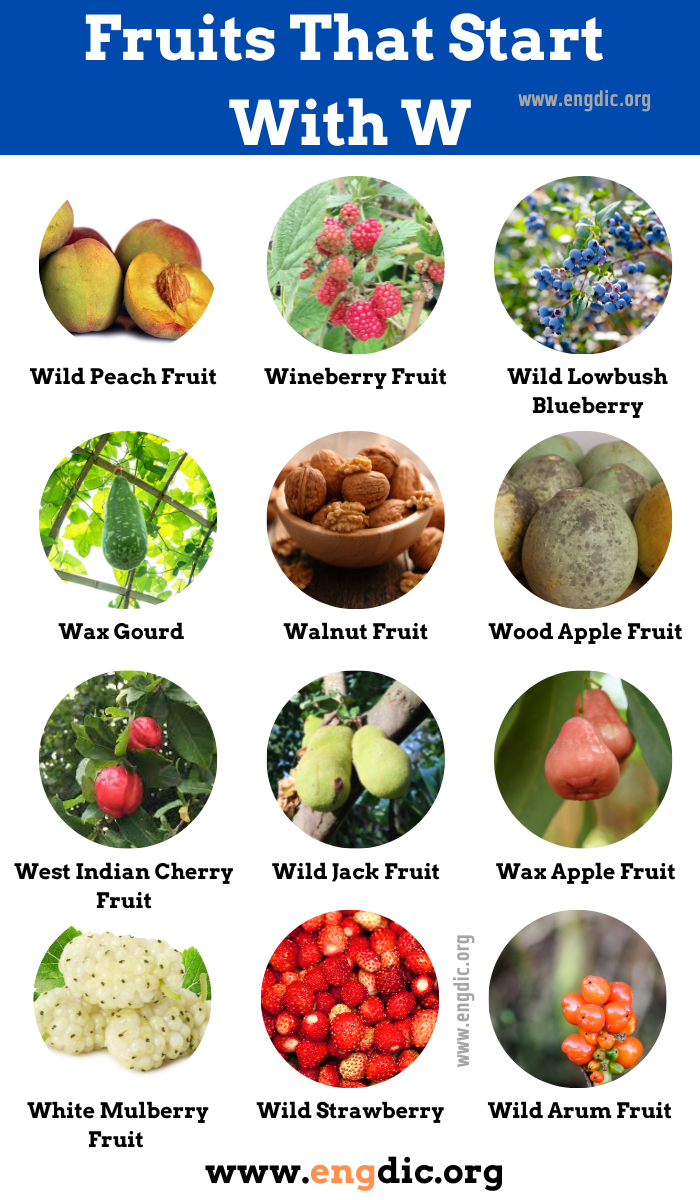
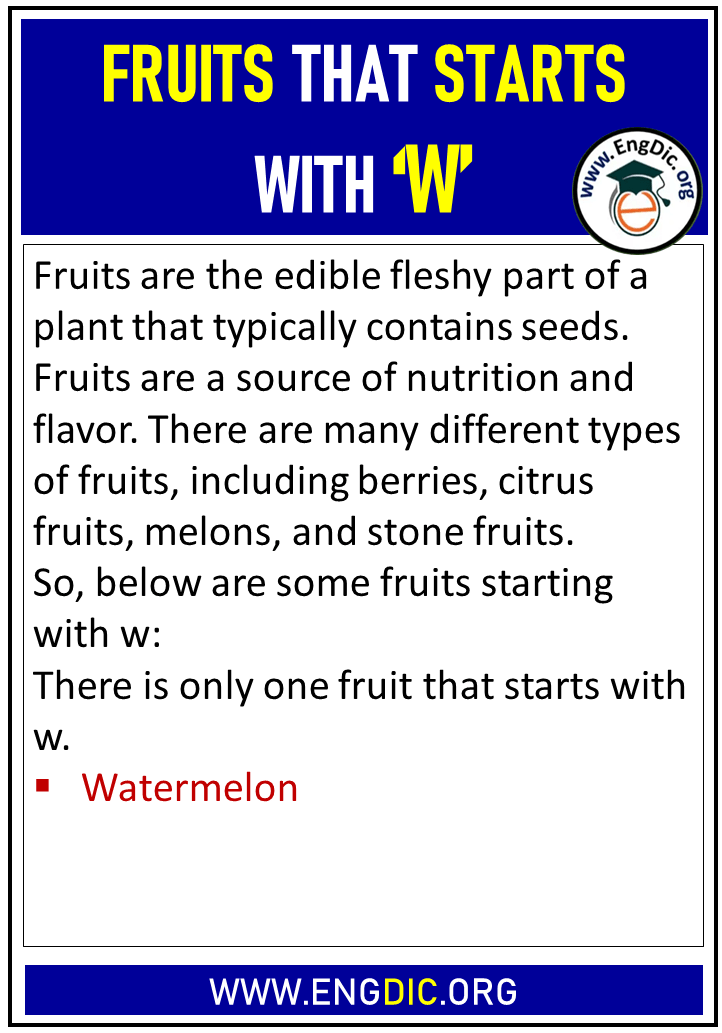
Check Other Fruits A to Z:
A – B – C – D – E – F – G – H – I – J – K – L – M – N – O – P – Q – R – S – T – U – V – W – X – Y – Z

